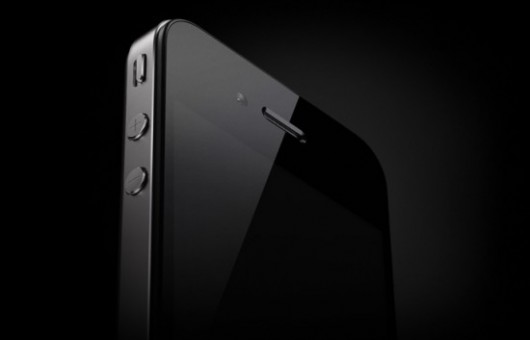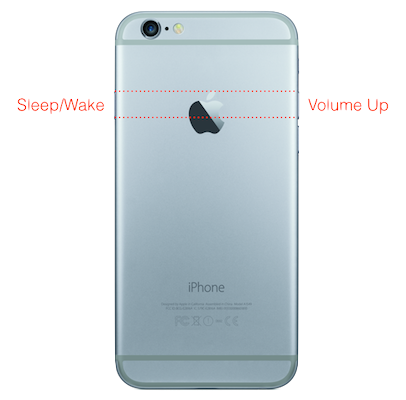In 2011, I left Adaptive Path after being there for over ten years. Before leaving, I wrote a series of emails on things I’d learned. These recently came back to my attention, and I thought I’d share them here.
When Adaptive Path started, in 2001, most companies had no UX competency, some had 1 person doing UX, and a very small number actually had UX teams.
So, when we were brought in, it was to be the ones to deliver on user experience. Clients recognized that this emergent practice was important to their success, but didn’t have the people in house to do it.
In that period, our work tended to live in this squishy space between strategy/planning and detailed design and development. In pre-UX days, it was common for product development to go right from product definition into detailed design. One of the values of UX practice was to recognize you needed to bring more of a systems thinking approach to product development, to understand the structure of the product, how the piece-parts related to one another, and how someone would move through it.
Now, in 2011, most companies have a decent UX competency. They don’t need us to come in and do the architecture diagrams, workflows, wireframes, and the like, because they have staff members who do that.
Instead, UX consulting work seems to be bifurcating.
On one end, UX is being recognized as an approach that can inform, if not drive, strategy and planning. The work we’ve done for [various big multinational clients] is in this vein. Companies recognize it’s no longer sufficient to have spreadsheets and checklists driving their product strategy. They need to add research and experience strategy in the mix as well.
On the other end, there is an emerging requirement for new modes of UX execution and delivery. [Startup clients]Â are indicative of this — trying to figure out how UX can best be performed when the product is already defined, in a time-constrained environment, and collaborating with development.
The squishy middle, where Adaptive Path initially staked its claim, seems to not be a viable consulting service any more.
I’ve been talking with some people about this for the past couple of months, and so it was interesting to see the reframing of Adaptive Path service offerings presented at the company meeting last week:
    – Experience Strategy
    – Service Design
    – Detailed Product Design
The first and third map directly to the bifurcation that I am talking about.
And after the meeting, I realized that
    service design:2011::ux design:2001
Service design is now the squishy middle that companies are starting to realize they need, but don’t have the people in-house to deliver. And it is reliant on the kinds of deliverables (journey maps, service blueprints) that have fallen out of favor in the UX world. And seems to have finally achieved a maturity where clients, even if they don’t know to ask for “service design,” are coming to us for service design challenges.
[end of email]
Looking back over the past four years, I feel pretty good about what I foresaw. We’re seeing companies acquire design/UX firms to do that squishy middle stuff that wasn’t as viable to do as a consultant. We’re seeing management consultants actively moving into the experience strategy space. We’re seeing small agile design firms successfully delivering product, augmenting in-house teams. The one thing we haven’t really seen is the Rise of Service Design like we saw the Rise of UX. By 2005, UX was pretty firmly established as a thing companies were investing in (and it was around that time that Adaptive Path grew in earnest). Here in 2015, Service Design still feels niche. I’m thinking that’s because companies still don’t know how to buy service design, because it requires drawing from multiple departmental budgets, whereas UX usually drew from a single group.

